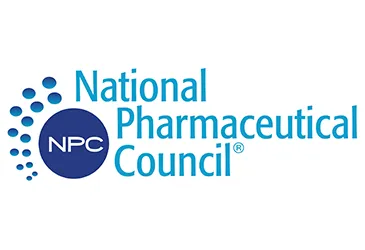
Dan Leonard
During the last few months, we’ve seen an intense focus on the cost of medicines, including a Senate hearing featuring seven biopharmaceutical executives. But the conversations about medicines, like the Senate hearing, have been narrowly focused on list and net prices or on specific medicines, rather than taking a holistic view of health spending or considering how the various components of our health care system interact and impact care. It was like looking at individual trees in a forest, rather than understanding the importance of the overall forest.
Looking at the individual “trees” — or some of the drivers of health care spending, including medicines, hospital and outpatient costs, doctor visits, and insurance — is important, but we also need to understand how those drivers are related. Taking a step back, research has found this statement to be true: Over the past 20 years, the overall health of patients has improved while money has been saved, and biopharmaceuticals are overwhelmingly the reason for these improvements.
This is not hyperbole: We have the data that proves it. Working with RTI Health Solutions, my colleagues at the National Pharmaceutical Council (NPC) looked at spending on prevalent chronic conditions from 1995 to 2015 to determine the estimated changes in the cost and burden of disease (in terms of morbidity and mortality) over time. The conditions analyzed included ischemic heart disease; cancer of the trachea, bronchus or lung; breast cancer; HIV; cerebrovascular disease; chronic obstructive pulmonary disease (COPD); and diabetes. With one exception — COPD — there was an increase in benefits across the board as measured by disability-adjusted life-years.
While medical costs, in aggregate, are growing, the analysis found that disease prevalence and general inflation account for a significant portion of cost increases. For example, for lung cancer, heart disease, stroke and HIV, an improvement in health was coupled with a decrease in spending when adjusted for inflation. The findings underscore the need to correct for changes in disease prevalence — especially since our population is aging — and inflation over time to understand the true drivers behind health care spending.
In another study, we found that providers recognize those facts as well. In interviews with experts in the related specialties that we were investigating, NPC researchers asked what interventions had most contributed to improved health outcomes. Respondents indicated that 56% of the improvement in health outcomes was driven by pharmaceutical and biopharmaceutical products.
Taken together, the research carries several implications for future health policy. First, it emphasizes the importance of adjusting for changes in inflation and in disease prevalence in future funding and legislation to prevent undue attention on disease areas where per-patient costs are well controlled. Focusing solely on total rising costs may lead to misguided policies. The research also illustrates that for some diseases additional spending is both cost effective and a source of high value creation. This underscores the need to tailor future cost-management strategies specifically for diseases where increased spending is not leading to substantial benefits.
Focusing on only the costs of a few innovative treatments doesn’t enable us to take a step back and see the bigger picture. Patients are doing better, treatments are cost effective, and most of those treatments are coming from innovation in the biopharmaceutical sector.
Dan Leonard is president and chief executive officer of the National Pharmaceutical Council.









